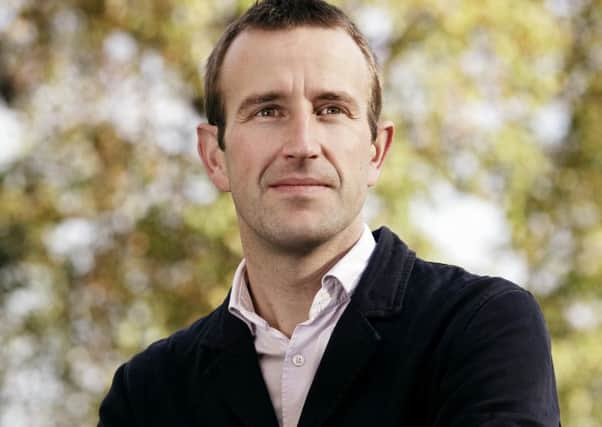Book review: Underland - A Deep Time Journey, by Robert Macfarlane


Macfarlane is one of the most talented writers of my generation, and his melding of nature writing, cultural criticism, scientific exposition and tight-lipped polemic has been immensely influential. This book is, in all the right ways, a new direction. With Mountains Of The Mind he headed upwards; with The Wild Places he went outwards and with The Old Ways he struck out onwards. Even Landmarks, his anthology of archaic, local and precise words for natural phenomena, was a kind of inwards – a rummaging through a trove of lexical precision, as musty as an old book, as fresh as a spring breeze, as nostalgic as it was inspirational. (Trove, by the way, will be of importance here). This time, it is downwards. The subject is simple. There is a world beneath out feet. The handling of it is complex and beautiful.
Macfarlane outlines his schema for Underland in the prologue. There are three uses of the beneath: it conceals things – whether corpses, memories or lives – and it yields things – data, ores and ways of thinking – and it disposes of things, from landfill, to bunkers, to darker secrets. He writes: “Into the underland we have long placed that which we fear and wish to lose, and that which we love and wish to save.” In some ways, he does himself a disservice in such a rigid taxonomy of under-ness. It is above all about hiding. But that does not reflect the plenitude of the book. It manages to take in fungi and the capacity of trees to communicate, catacombs, ice-bores that reveal that history is literally beneath us (tread softly), sewers, quantum physics and the tragic stories of reckless Oxford philosophy students whose caving exploits do not end well.
Advertisement
Hide AdUnderland switches genres the whole time. Parts of it – both the points where Macfarlane describes his own pot-holing and the dangers that others did not outface – are genuinely horrific. He conjures claustrophobia and the proximity of dying in darkness and damp in a way that is truly visceral. But then there are sublime passages, especially when he ventures into a kind of verbless Arctic: “Hard slow miles along the shore. Boulder fields, scrub forest, crag… bilberries, heather, moss. But no water. No fresh water… pack heavy, head heavy, throat chilled, body older.” There is something of Hades or Gehenna or Sheol about the sheer starkness of the writing in these sections. But then, bounding like a hare, he is off to discuss off-shore oil drilling in Norway or early graffiti.
What the book embodies rather than insists on is that although we have many metaphors for the ground beneath our feet – a kind of steadiness, firmness, stability – the underland is actually a slithery, slippery place. It confounds more than it confirms. Beneath the rocks, magma churns. Water gnaws through what seems to be solid. At another staggering point Macfarlane finds himself in rooms underground where “they are no longer in the same places or in the same order… a stalactite of lava runs from ceiling to floor, thicker in girth than the chest of a human, formed of molten rock, rubber and uranium: to stand by it is for a few minutes to die”.
There has always been in Macfarlane’s work a sense of yearning for transcendence. This book is perhaps the most explicit example of this – a calving iceberg is a cathedral, there is an animism in the words that others use for things that we ignore, there are odd moments of baptism as he delves into silty and silver water. There is a “force beyond imagining” in the subterranean. The third section is called “Haunting”. It is as if, by looking with piercing eyes at what is, he desperately wants something unreal. It becomes almost eschatological.
Macfarlane has written excellent essays on the Anthropocene, the epoch in which humanity has fundamentally altered the nature of the ecosystem. In Underland he is at his most plaintive. “What is the history of things to come? What will be our future fossils?” In a prescient moment he gives a sly rejoinder to Philip Larkin’s line “what will survive of us is love”. “No,” Macfarlane writes, “what will survive of us is plastic, swine bones and lead-207, the stable isotope at the end of the uranium-235 decay-chain”.
Macfarlane’s prose has a very conspicuous lilt to it, a use of alliteration and balanced sentences that seem to soothe and beguile, but are actually bristling with little daggers for the reader. This is a challenging book, and an astonishing one. It did make me wonder what on earth he will do next. Perhaps something not on earth, given the crazy daring and endless curiosity this book so vividly evokes. - Stuart Kelly
Underland - A Deep Time Journey, by Robert Macfarlane, Hamish Hamilton, £20